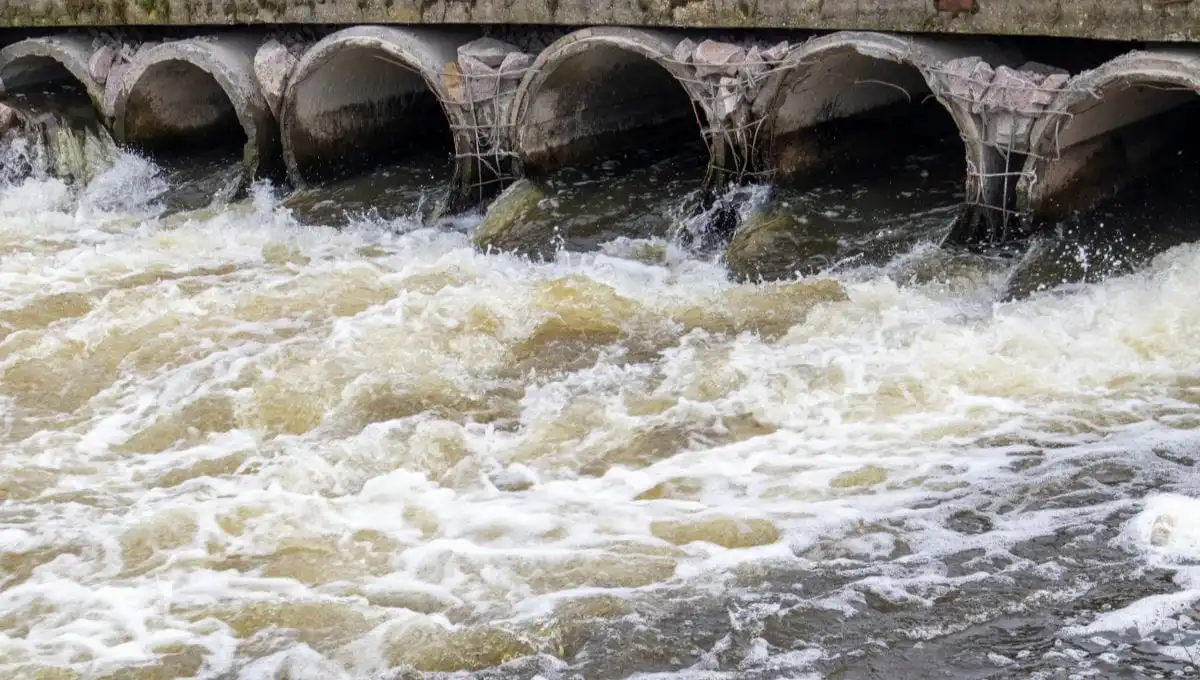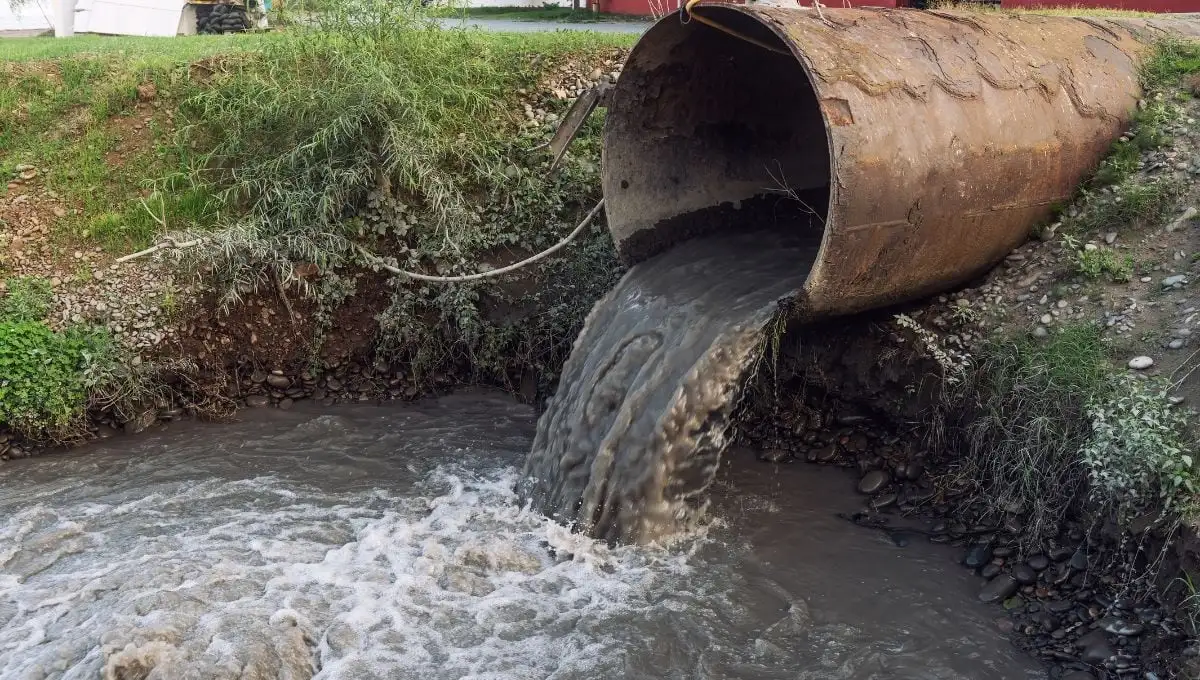— Trusted Since 1969 —
— Trusted Since 1969 —

Have you ever wondered what exactly distinguishes sewage from sewerage? Although many use these terms interchangeably, their meanings are distinct and crucial for effective waste management. This article will demystify the terms Sewage vs. Sewerage, exploring their roles and importance in our daily lives.
Come join us as we explore the important systems and how they can affect the environment and public health. We’ll uncover the challenges and find ways to improve our practices for a healthier planet and communities. Let’s explore together and make a positive impact!
Sewage is the waste and wastewater from homes, businesses, and industry. It contains various substances, including human waste, soaps, detergents, food scraps, and other organic and inorganic materials.
Sewage is easily distinguishable from other types of wastewater. It typically contains high levels of organic matter, nutrients such as nitrogen and phosphorus, pathogens, and various pollutants. Additionally, sewage often has a foul odour. If not treated and managed properly, sewage can pose significant health and environmental risks.
The sewage sources are diverse and include residential, commercial, and industrial activities. In urban areas, sewage primarily originates from households, businesses, hospitals, and institutions. Rural agricultural activities and livestock farming also contribute to sewage production.
Untreated sewage can severely impact public health and the environment. It spreads waterborne diseases like cholera, typhoid, and hepatitis, posing serious health risks.
High nutrient and pollutant levels from untreated sewage lead to eutrophication. This process harms aquatic life and degrades water quality, impacting biodiversity and ecosystem stability.
Furthermore, untreated sewage can contaminate drinking water sources. This contamination threatens public health and requires costly remediation efforts.
Sewerage is the infrastructure and systems designed to collect, transport, and dispose of sewage and stormwater runoff. It includes a network of underground pipes, pumping stations, and treatment facilities. They work together to manage wastewater and protect public health and the environment.
Sewerage systems consist of sewer pipes transporting wastewater from buildings to treatment facilities or disposal points. They also include maintenance holes for inspection and pumping stations to facilitate wastewater flow when gravity is insufficient. Treatment plants remove contaminants from the wastewater before discharging or reusing it.

Sewerage systems are crucial in maintaining public health, protecting the environment, and promoting quality of life in communities. Here’s why they’re important:
Sewerage systems are regulated to ensure they operate safely and effectively. In Australia, local and state governments enforce standards that guide how sewage is collected, treated, and discharged. The regulations aim to protect public health and preserve the environment. They also ensure that sewerage systems work reliably for the communities they serve.
Want to learn more? See our detailed post on “Wastewater Regulation.”
Proper sewerage management significantly benefits the environment, public health, and the economy. Here’s a detailed look at these advantages:

Choosing between wastewater treatment systems and traditional sewerage involves several considerations. Here are compelling reasons why a wastewater treatment system may be more beneficial:
Even though sewage and sewerage are often used interchangeably, they have distinct meanings. Sewage is the waste discharged from homes, businesses, and industries, while sewerage is the system that manages this waste. Properly managing these systems is essential for public health, ecological integrity, and community well-being.
In Australia, Taylex is a leader in wastewater treatment, providing advanced solutions like Aerated Wastewater Treatment System (AWTS) that go beyond environmental standards for efficient sewage and sewerage management. Opting for Taylex means investing in a sustainable future—protecting public health, minimising environmental impacts, and enhancing community well-being.
Ready to make a change? Contact Us to discover how Taylex can provide a tailored, sustainable wastewater solution.
Septic tanks are standalone septic systems that treat wastewater on-site, allowing solids to settle and decompose while liquids are purified in a drain field. On the other hand, sewerage systems have interconnected pipes and facilities that transport wastewater from multiple sources to centralised treatment plants. Learn more about septic tank in our comprehensive post “What is a Septic Tank?“
Recycling in sewage treatment, known as reclaimed water, involves using treated wastewater for non-potable purposes like irrigation and industrial processes. This process conserves fresh water and reduces environmental impacts.
In Australia, sewerage networks transport sewage to centralised treatment plants run by local water authorities. These plants treat the sewage to remove contaminants and pathogens and then discharge it into water bodies or recycle it.
Yes! Australia discharges sewage into the Pacific Ocean, 3.6 kilometres offshore, adhering to strict environmental regulations to ensure safe wastewater disposal.
No! Wastewater is not suitable for drinking. However, it is reusable for non-potable applications, such as irrigation, vehicle washing, street cleaning, and other similar uses.
The main difference between septic and sewer systems is that septic systems process wastewater on-site, making you responsible for the costs, while sewer systems transport it to a government-managed treatment plant, funded by taxes and fees.